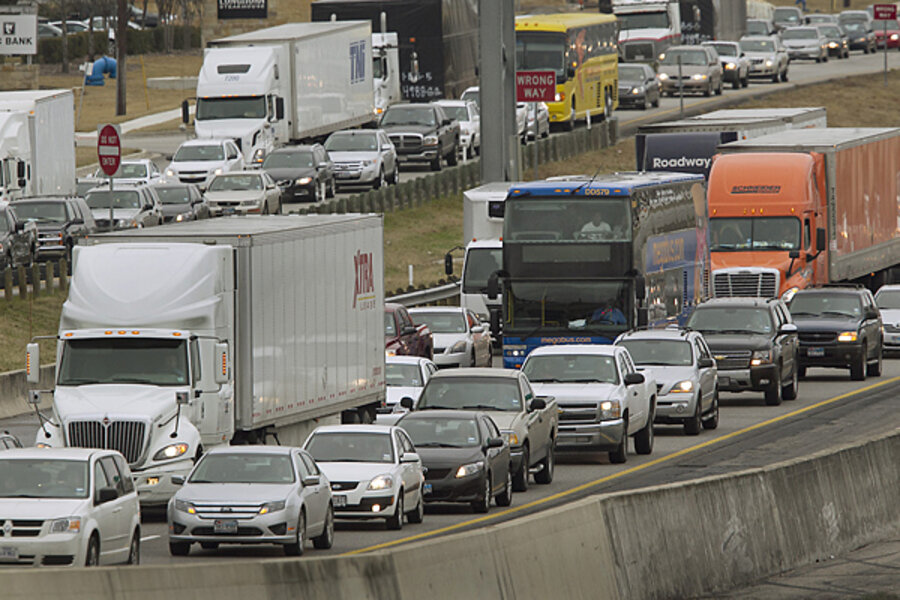US traffic fatalities rise for first time since 2005, nonprofit says
Loading...
Traffic fatalities have been on the decline for a number of years, thanks in part to safer cars, increased use of safety belts, and a reduction in the number of drunk drivers. But the National Safety Council predicts that fatalities increased in 2012. If so, it would be the first time they've done so since 2005.
NSC vs. NHTSA
NSC is a nonprofit, nongovernmental organization with a mission "to save lives by preventing injuries and deaths at work, in homes and communities, and on the road through leadership, research, education and advocacy".
Every month, NSC receives traffic data from authorities in all 50 states, as well as the District of Columbia. Partnering with theNational Center for Health Statistics, NSC tracks not only fatalities, but also injuries, and considers deaths of the injured that occur within one year of an accident to be traffic-related.
That's a little different from the National Highway Traffic Safety Administration, the government agency that provides "official" U.S. traffic fatality stats. NHTSA only considers fatalities to be traffic-related if they occur within 30 days of an accident. Also, NHTSA only tracks accidents that take place on public roads, while NSC includes those that occur on private property.
FINDINGS
Based on preliminary data, NSC estimates that there were 36,200 traffic fatalities in 2012 -- an uptick of 5% from 2011 and the first increase in U.S. traffic fatalities since 2005. The number of injuries that required medical attention also rose 5% to 3.9 million.
The cost of all those accidents went up, too. Not only did families and friends have to deal with the pain and sorrow of losing loved ones, but there were also hard costs related to medical expenses, property damage, lost wages, and lost productivity to consider. Factoring all those in, the bill for traffic accidents in 2012 was around $276.6 billion, an uptick of 5% over 2011.
Although NHTSA won't publish its own results for several more months, its preliminary findings were similar. In fact, last fall the agency estimated that fatalities on U.S. roads jumped 9% in the first half of 2012.
WHY THE INCREASE?
When NHTSA released its early estimates for 2012, the agency didn't suggest any reason for the upswing. However, in its report on 2011 fatalities, NHTSA identified several key areas of concern:
- Big rigs, where occupancy fatality rates surged 20% in 2011.
- Motorcyclists, bicyclists, and pedestrians, which all saw greater numbers of deaths.
- Distracted driving, a growing problem that was the cause of 3,331 fatalities in 2011.
AAA also suggested that America's crumbling roads might be partially to blame for the increase.
NSC identifies similar problems, and also notes that Americans are driving more. Thanks to a recovering economy (which has increased the number of commuters) and a mild 2012 winter, more motorists were on the road last year. And typically, more people on the road means more accidents -- and likely, more fatalities.
We'll keep you posted as these numbers are confirmed later in the year.







